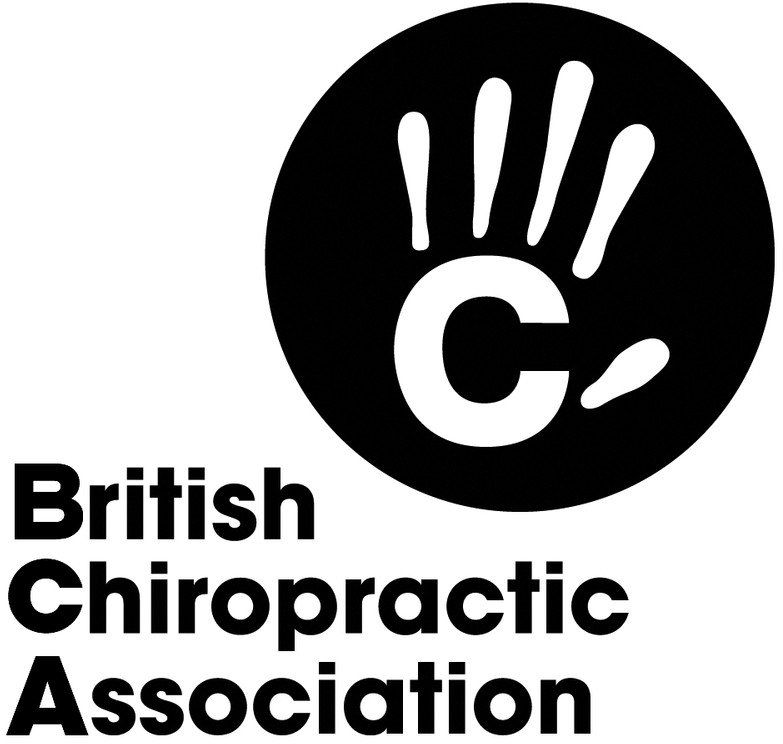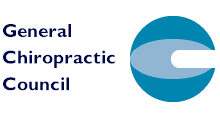Professional treatment of sports injuries
Whether you are an amateur or a professional sports person, you need to keep your body working at its best.
Injuries suffered during repetitive training or competition require attention before they interfere with the normal working of your muscles, joints and nerves.
For professional help with sporting injuries, call Back & Neck Chiropractic Clinic of Cardiff and Bridgend today.
Rugby
Traumatic injuries such as concussions are the most common injuries which occur during rugby games but rugby players are prone to injury anywhere on their bodies. Regardless of protective equipment, injuries occur due to high speeds and the force applied during full contact to bring an opponent to the ground, or resisting being brought to the ground.
Although the WRU funding stopped in the lower divisions, our rugby players still return for treatment or regular check-ups because they feel the benefit of our treatment.
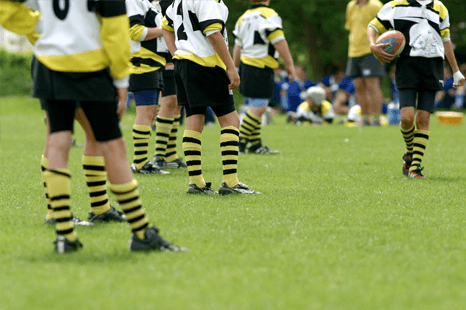
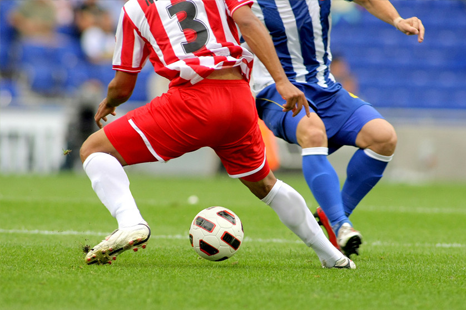
Football
Lower extremity injuries are most common on football. These may be traumatic injuries such as a mis-placed kick to an opponent’s leg or a twisted knee, or overuse injuries resulting in shin splints and Achilles tendinitis. The severity of injuries can vary from fractures and cartilage tears to anterior cruciate ligament sprains and contusions.
Less common injuries to upper extremities can also occur from falling or player-to-player contact including wrist sprains and fractures, and shoulder dislocations.
Golf
Most injuries sustained through playing golf are related to poor conditioning, an improper swing and overuse. Lower back and wrist injuries commonly occur in male professional golfers while the female amateur is more likely to suffer with elbow and lower back injury.
However, golfers of all ages frequently complain about neck, shoulder, elbow and hip pain but through chiropractic care, golfers can rid themselves of the pain which prevents them having a successful and enjoyable round.
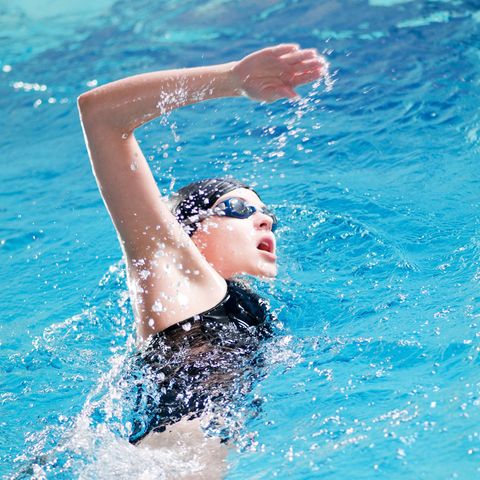
Swimming
Whilst swimming is twice a popular as any other participating sport in the UK, it has statistically the lowest injury rates and has be found to be safer than walking or hiking.
Recognised as the ideal activity in the prevention and improvement of many common medical conditions including stroke, heart disease, high blood pressure and osteoporosis, it also improves joint mobility in a safe environment, provides exercise for the cardiovascular system and helps in the management of diabetes, arthritis and other musculoskeletal disorders.
Despite its reputation as the safest sport in the UK, injuries can occur, particularly in elite swimmers. These injuries, mainly due to overuse, most commonly affect the shoulder, neck, lower back and knees and include swimmers shoulder, medial collateral ligament stress syndrome and tendinitis of the extensor tendons.
Cycling
Cycling is both a demanding sport and a healthy recreational activity. However overuse, accident, incorrect training and a poor bike to cyclist fit can result in serious acute injuries. The key areas for preventing injury are to ensure that the cyclist and the bike are properly matched for both fit and functionality, that a well proven training programme is followed and that appropriate safety equipment, in particular a hard-shell cycling helmet, is employed.
Common injuries can occur in any anatomical area including the head, neck, face, both upper and lower limbs, spine and skin with typical injuries including abrasions and laceration, fractures, dislocations and head injuries.

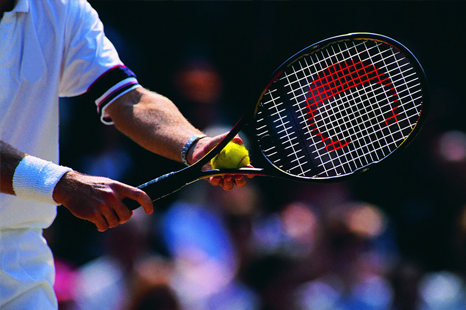
Tennis
Whatever skill level you play at, tennis can be a very high impact and demanding sport. The constant stop and go and repetitive movement put demands on your body which can result in injury. Common injuries through playing tennis include tennis elbow, ankle sprain, shoulder rotator cuff tendinitis and patellar tendinitis.
Badminton
Whilst badminton is a relatively low risk sport, related injuries commonly occur in the back, shoulder, thigh and knee. Elite badminton players typically exhibit sprain injuries and recreational players suffer most from pain and stiffness at the shoulder joint.
Jumps, lunges, quick changes in direction and rapid arm movements are often the cause of chronic overuse injuries.

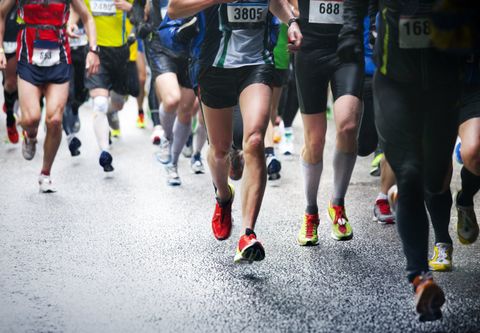
Running
The most common reasons for the occurrence of injuries whilst running are inappropriate training programmes, poor choice of running surfaces and ill-fitting running shoes resulting in malalignment of the leg and muscle weakness and inflexibility.
Ensuring the use of established training programs (which gradually increase distance and running time and allow for adequate rest periods), using properly fitted orthotics to help correct leg malalignments and adding elements to the training plan to increase lower extremity strength and flexibility can lead to a greatly reduced risk of injury.
Triathlon
The growing sport of triathlon not only presents the risk of injury from each of the three different disciplines (swimming, cycling and running) which we have covered separately, but presents the risk of injuries resulting from the accumulation of the three activities.
These include dehydration, hypothermia and overuse musculoskeletal injuries.
The most commonly affected anatomical areas include the foot and ankle, thigh, knee, back, shoulder and lower leg.
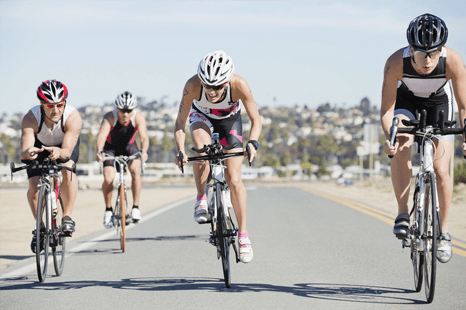
Require professional treatment of sports injuries?
Contact Back & Neck Chiropractic Clinic on
029 2062 7666
or
01656 766 688


